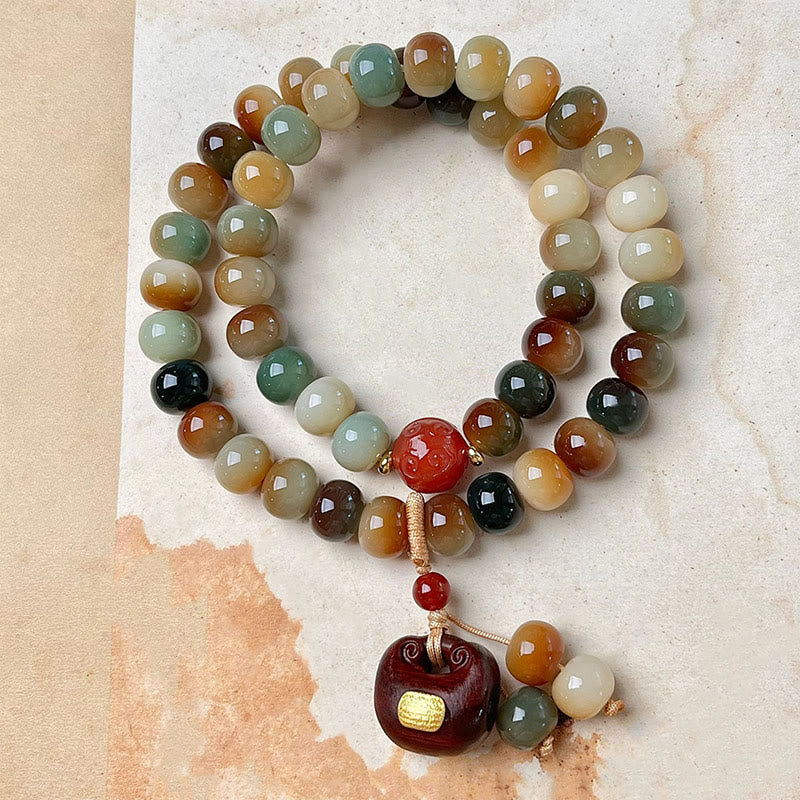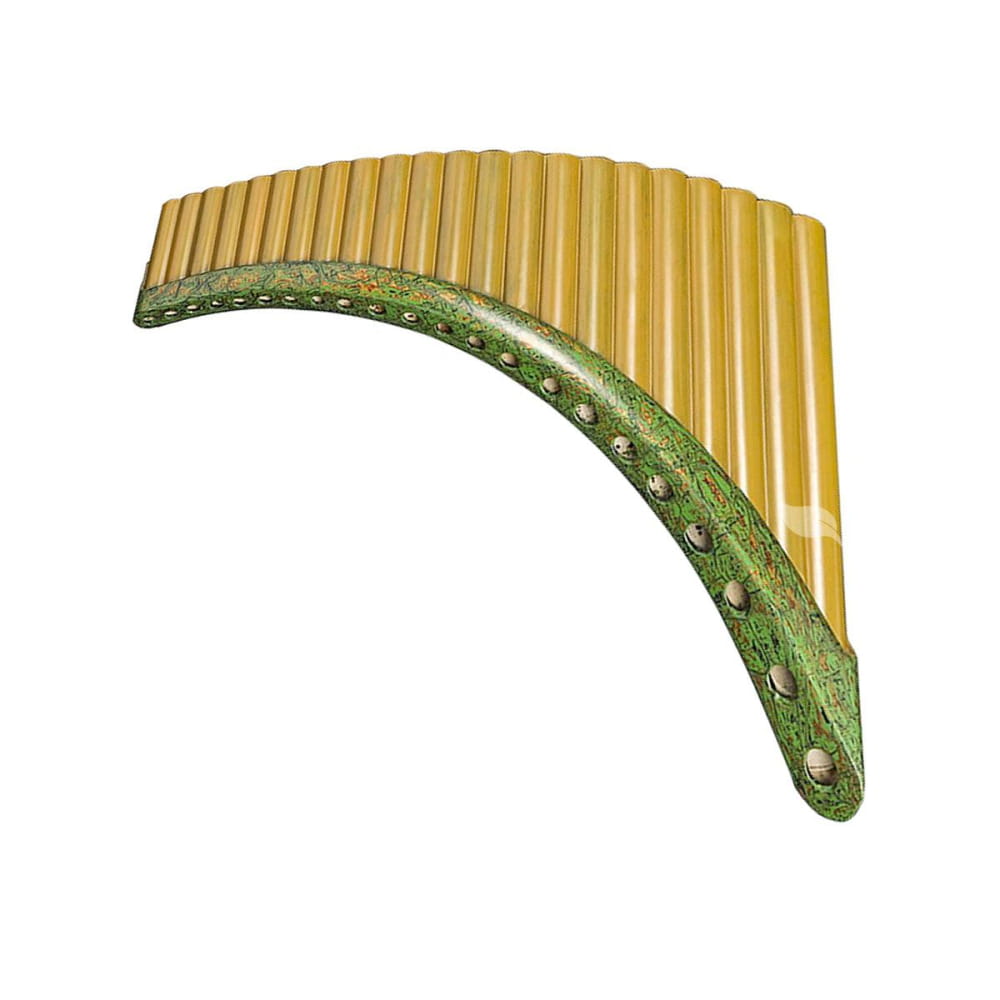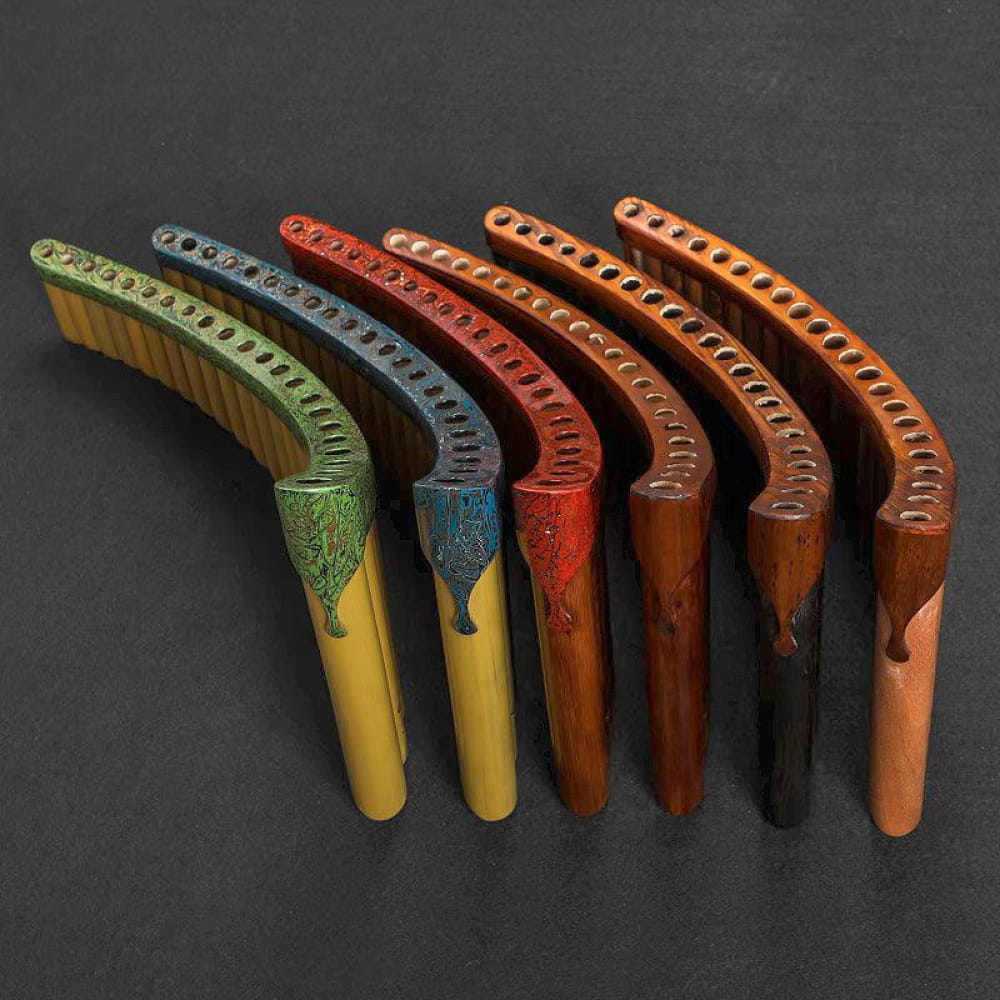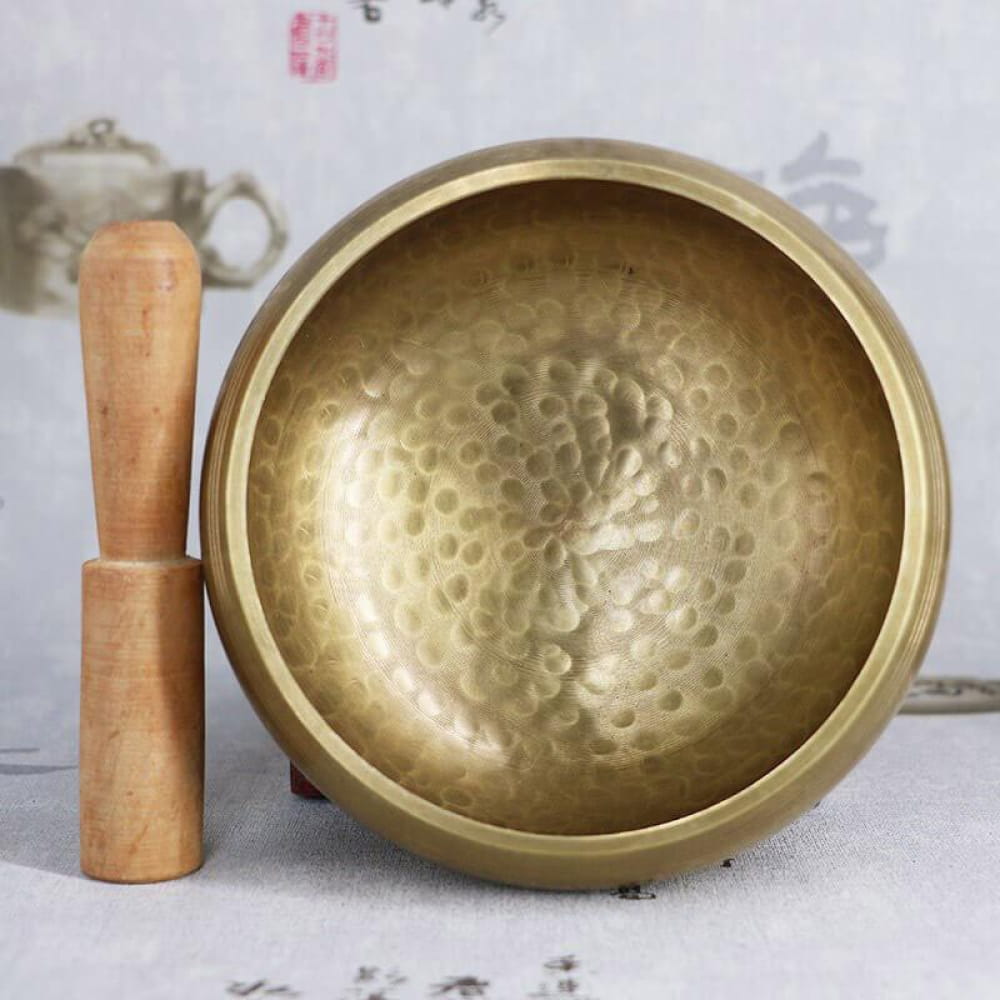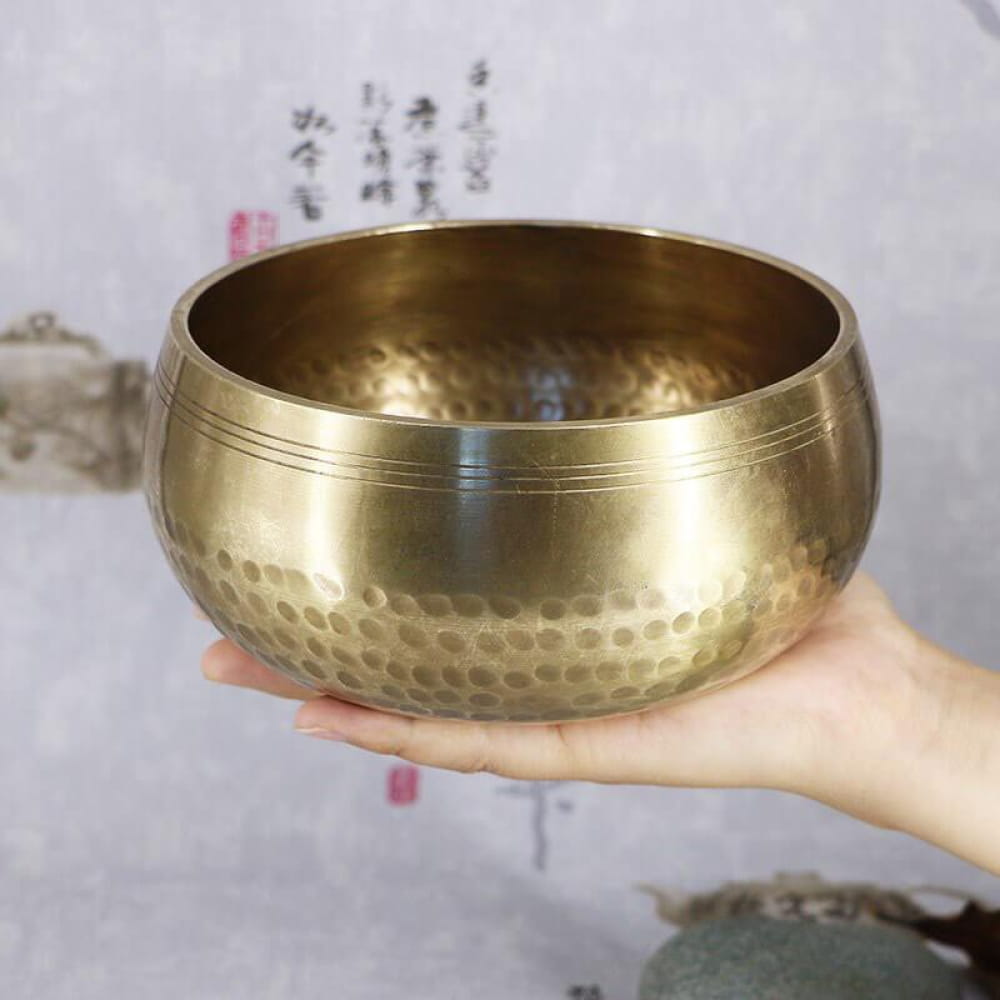The Hamsa, an ancient hand-shaped amulet, has traversed cultures and faiths, carrying deep spiritual significance. For those drawn to symbols that bridge history and belief, understanding the hamsa in judaism, Christianity, and Islam offers a fascinating glimpse into shared human values and distinct theological interpretations. This article delves into the origins, meanings, and comparative roles of the Hamsa, particularly exploring its cherished place as a protective talisman within Jewish tradition and how this connects with its presence in other major religions.
The Hamsa's Ancient Roots: A Shared Symbol of Protection
Before its adoption by specific religions, the Hamsa, also known as the Khamsa, was recognized in various ancient Middle Eastern and North African cultures. Its primary association has always been with protection against the "evil eye" – a malevolent gaze believed to cause misfortune or harm. The open right hand is a universal gesture of blessing, power, and strength, and its depiction as an amulet was thought to ward off negativity and bring good fortune, health, and happiness to its bearer. This foundational understanding of the Hamsa as a powerful apotropaic symbol set the stage for its integration into diverse religious and cultural contexts.
The Hamsa in Judaism: Symbolism and Meaning
In Judaism, the Hamsa is a deeply resonant symbol, often referred to as the "Hand of Miriam" or "Hamesh Hand." The word "Hamesh" itself means "five" in Hebrew, alluding to the five fingers of the hand. The hamsa in judaism is cherished not just for its aesthetic appeal but for its profound spiritual and protective qualities.
The Hand of Miriam: A Jewish Interpretation
The association of the Hamsa with Miriam, the sister of Moses and Aaron, connects the symbol to a figure of great importance in Jewish history. Miriam was a prophetess known for her strength, leadership, and her role in the Israelites' exodus from Egypt. Her well, "Miriam's Well," is said to have miraculously provided water to the Israelites in the desert. Thus, the Hand of Miriam symbolizes divine providence, nourishment, and protection. Wearing or displaying a jewish hamsa can be seen as an invocation of these blessings and a reminder of faith.

Protection Against the Evil Eye in Jewish Tradition
A central aspect of the hamsa hand judaism tradition is its power to protect against the "Ayin HaRa," or the evil eye. Jewish tradition acknowledges the potential harm caused by envy or ill will, and the Hamsa serves as a potent shield. Often, Hamsas in Jewish art and jewelry incorporate other protective symbols, such as fish (symbols of fertility and good luck that are immune to the evil eye) or the Star of David. The eye sometimes depicted in the center of the Hamsa is not the evil eye itself, but rather a protective eye that watches over the wearer and deflects negative energy. Many believe the hamsa meaning in hebrew culture is deeply tied to this concept of safeguarding.
Key Aspects of Hamsa in Judaism:
- Known as the Hand of Miriam or Hamesh Hand.
- Symbolizes divine providence, protection, and blessings.
- Strongly associated with warding off the Evil Eye (Ayin HaRa).
- Often features other Jewish symbols like fish or the Star of David.
The Hamsa in Islam: The Hand of Fatima
In Islam, the Hamsa is widely known as the "Hand of Fatima," named after Fatima Zahra, the daughter of the Prophet Muhammad. It holds significant cultural and spiritual value, representing protection, blessings, power, and strength. The five fingers are sometimes associated with the Five Pillars of Islam, further embedding its religious significance for many Muslims. While the hamsa in islam is popular, it's important to note that some interpretations within Islam caution against a belief in amulets as having power independent of God.
Common Themes and Protective Significance
Much like its Jewish counterpart, the Hand of Fatima is primarily seen as a potent amulet against the evil eye and other forms of harm. It's a common sight in homes, on jewelry, and as a decorative motif, believed to bring good luck and safeguard its owners. The symbolism of the open hand conveys a sense of divine protection and the deflection of negativity. The hamsa muslim connection emphasizes faith and reliance on God's protection, with the amulet serving as a reminder of this.
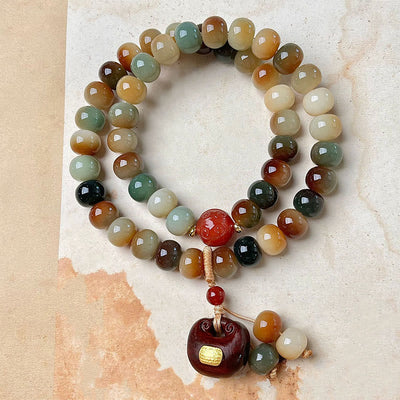
10*8mm Bodhi Seed Harmony Double Wrap Bracelet
$24.90 $35.90
Wear this Bodhi seed bracelet as a spiritual shield, blending Hamsa-inspired protection and harmony into your daily journey.
Explore ProductThe Hamsa in Christianity: Adoption and Adaptation
The Hamsa is less prominent in mainstream Christianity compared to Judaism and Islam, but it is not entirely absent. In some Christian communities, particularly those in the Middle East or with historical connections to the region, the Hamsa may be recognized as a symbol of good luck or divine protection, sometimes referred to as the "Hand of Mary" (after Mary, the mother of Jesus). The hamsa hand meaning christianity often aligns with general notions of blessings and God's safeguarding hand.

A Symbol of Divine Protection and Blessings
When adopted or acknowledged by Christians, the Hamsa often carries a generalized meaning of divine protection, similar to other Christian symbols like the cross or images of saints. Its use is more cultural than doctrinal, reflecting a shared regional heritage rather than a specific theological endorsement. The five fingers might sometimes be associated with the five wounds of Christ or other Christian significances, though this is less standardized. The focus remains on it being a benign symbol of God's protective hand over the faithful. For further reading on divine symbols in Christianity, the Learn Religions website offers extensive information.
Comparing the Hamsa Across Faiths: Similarities and Differences
While the Hamsa is embraced by Judaism, Islam, and to some extent Christianity, its interpretations and the narratives surrounding it vary. Understanding these distinctions and commonalities highlights the symbol's rich, multifaceted history.
Shared Protective Intent
The most significant similarity across all three faiths is the Hamsa's role as a powerful protective amulet. Whether called the Hand of Miriam, Hand of Fatima, or Hand of Mary, its primary function is to ward off the evil eye, negative energies, and bring blessings, good fortune, and health to the wearer or owner. This shared belief in its apotropaic qualities underscores a common human desire for security and divine safeguarding.
Divergent Names and Narratives
The names and the specific religious figures associated with the Hamsa differ significantly:
- Judaism: Hand of Miriam, emphasizing her role and divine providence.
- Islam: Hand of Fatima, linking to the Prophet's daughter and sometimes the Five Pillars.
- Christianity: Sometimes Hand of Mary, aligning with the mother of Jesus, though less formally adopted.

The historical journey of the Hamsa is a testament to its enduring appeal and its capacity to transcend cultural and religious boundaries. Watch the video below to learn more about the specific history of the Hamsa in Judaism.
Can a Hamsa Be Worn by Anyone? Interfaith Perspectives
A common question is whether it's appropriate for individuals outside of these specific faiths, or from a different faith, to wear a Hamsa. Generally, the Hamsa is seen as a symbol of protection that has transcended its specific religious origins to become a more universal emblem of goodwill and safety. Many people wear it for its aesthetic appeal or as a general good luck charm without necessarily adhering to the specific religious interpretations. While some within each faith may view it as proprietary, the prevailing modern view is often more inclusive, especially given its ancient, pre-Abrahamic roots. Respect for its cultural and religious significance is always advisable. For a deeper dive into cultural symbols and their appropriation, Cambridge University's research on symbols offers valuable insights.
Wearing the Hamsa: Key Considerations
- Universality: Often seen as a universal symbol of protection beyond specific faiths.
- Respect: Always wear with respect for its deep cultural and religious origins.
- Personal Meaning: Many wear it for personal connection, aesthetic appeal, or as a general good luck charm.
Enhance Your Spiritual Journey with These Symbolic Items
Celebrate ancient symbolism with this hand-painted pan flute, perfect for interfaith rituals, decor, or mindful music practice. Learn more ➔
Invite peace and divine protection to any meditation with this authentic singing bowl, inspired by universal spiritual traditions. Learn more ➔
Conclusion: A Symbol of Unity and Diverse Faith
The Hamsa stands as a powerful testament to shared human anxieties and aspirations for protection, blessing, and connection to the divine. Its journey through Judaism as the Hand of Miriam, Islam as the Hand of Fatima, and its occasional acknowledgment in Christianity highlights both the distinct cultural expressions of faith and the underlying universal themes that bind us. Whether you are exploring the hamsa in judaism for its specific religious importance or are drawn to its broader interfaith symbolism, the Hamsa offers a rich narrative of spiritual heritage and enduring protective power. At Healing Sounds, we honor these ancient traditions by offering items that resonate with these deep spiritual meanings, inviting harmony and protection into your life.
Frequently Asked Questions about Hamsa in Different Religions
In Judaism, the Hamsa, often called the Hand of Miriam or "Hamesh Hand" (five hand), symbolizes divine protection, particularly against the evil eye (Ayin HaRa). It represents God's safeguarding hand, blessings, strength, and good fortune. It's a reminder of Miriam, Moses' sister, and her role in providing for and protecting the Israelites.
In Judaism, the "evil eye" (Ayin HaRa in Hebrew) refers to the belief that a malevolent gaze, often prompted by envy or jealousy, can bring misfortune, illness, or bad luck to the recipient. It's a harmful spiritual force, and symbols like the Hamsa are used as protection against its effects.
The Hebrew word related to Hamsa is "Hamesh" (חמש), which means "five," referring to the five fingers of the hand. While "Hamsa" itself is an Arabic word meaning five, "Hamesh" is the direct Hebrew equivalent that connects to the symbol's description.
Yes, non-Jews can wear a Hamsa. While it has specific significance in Judaism (and Islam), the Hamsa's origins predate these religions and it's widely regarded as a universal symbol of protection and good luck. Many people wear it for its aesthetic appeal or as a general protective amulet, regardless of their faith, though it's always good to do so with respect for its cultural and religious history.
The Hamsa is significant in both Jewish and Islamic traditions, as well as having roots in even older cultures. In Judaism, it's often called the Hand of Miriam. In Islam, it's known as the Hand of Fatima. Both faiths view it as a symbol of protection, though the specific stories and interpretations differ. It's not exclusively one or the other but rather a shared symbol across these cultures and beyond.




